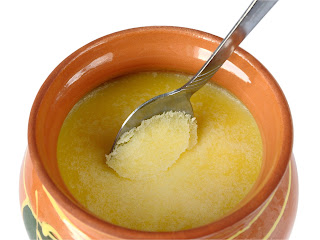Summer Special: Doi Begun (Brinjal with Yoghurt)

Hello friends! Here I am blogging after ages because I just cooked a fab dish of brinjal with yoghurt. It’s perfect for this hellishly sweltering Delhi weather — cool, tangy and dead simple to do. If you are loath to spend extra time in the kitchen in this heat, this is the dish for you. So here it is — Doi Begun, as we say in Bangla. Ingredients -Two brinjals sliced in half-inch thick roundels -200g curd -2/3 dried red chillies -1 green chilli finely chopped -2 tsp mustard -1/2 tsp methi or fenugreek -3 tsp roasted and ground jeera powder -Salt and caster sugar to taste -Oil to fry Method Lightly salt the sliced brinjals. Heat the oil in a large kadhai and fry the brinjal in batches of two until they turn brownish and are cooked through. Keep them aside on a plate lined with kitchen paper so the extra oil sticking to them is absorbed. Put the curd in a bowl. Add a few of spoons of water, the chopped gree...





